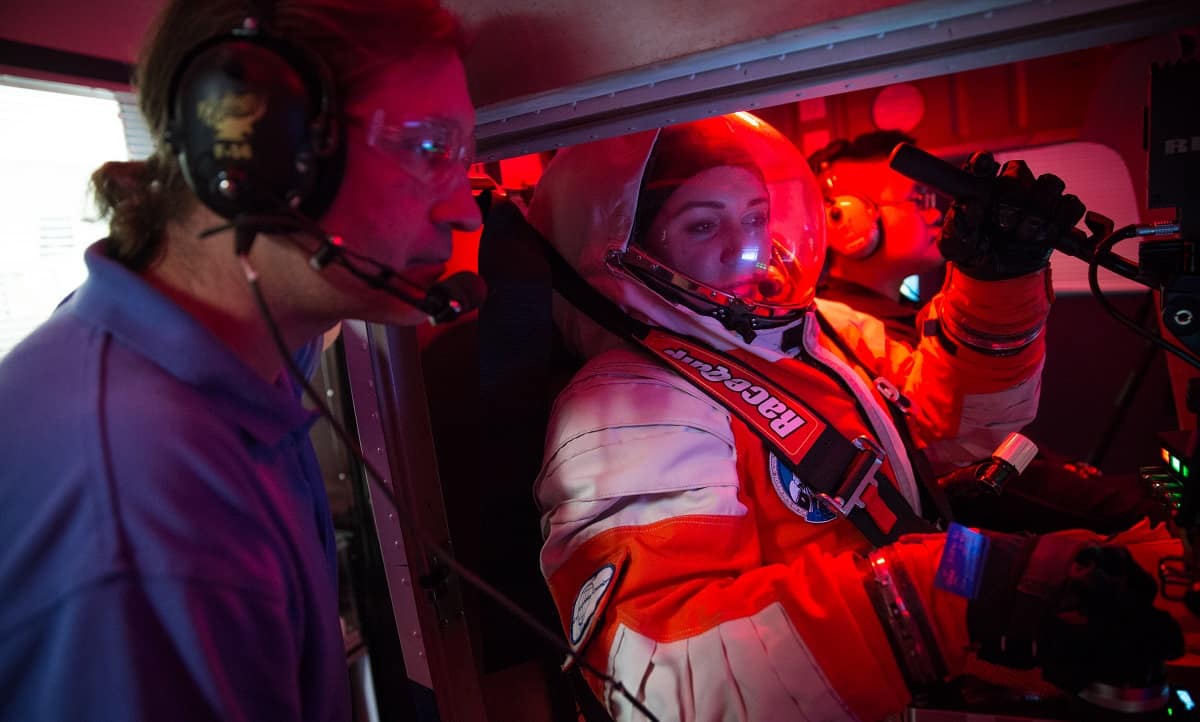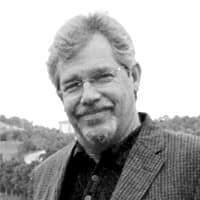Research Beyond the Wild Blue Yonder

In the near future, when suborbital spacecraft begin traveling to low-Earth orbit, a group of citizen-scientist astronaut candidates who have trained at Embry-Riddle Aeronautical University – regular people from around the world who have dreamed of going into space – will be on board for some of the first flights.
The nascent space travelers will journey up to and through a layer of clouds 50 miles high, formed of ice crystals seeded by fine debris from disintegrating meteors, on a mission to gather high-resolution three-dimensional imagery of noctilucent clouds in the mesosphere.
This hard-to-study cloud layer, seen seasonally over both poles, is so high it glows at night from sunlight on the opposite side of Earth. Imagery gathered of these elusive ‘night-shining’ atmospheric phenomena will be used to develop high-fidelity dynamical models that will help scientists better understand our changing global climate.
Thanks to Project PoSSUM (Polar Suborbital Science in the Upper Mesosphere), a suborbital research, training and education program based in Boulder, Colo., that evolved from a NASA-supported flight opportunity, four Embry-Riddle students are a step closer to making the suborbital journey to space.
Students Heidi Hammerstein, Amy Ramos, Karen Brun and Casey Stedman are all graduates of the PoSSUM space-flight training program. They were chosen to join a recent PoSSUM mission that observed noctilucent clouds using a small, unpressurized aircraft flying high over the remote wilderness of northern Canada. The team also tested custom-built camera systems.
The only research program of its kind, Project PoSSUM has collaborated with Embry-Riddle since 2015 to offer a space-flight training program designed by former NASA instructors and university spaceflight operations faculty. PoSSUM astronaut candidates complete three weeks of online instruction and then an intense, week-long program at the Daytona Beach Campus. After graduation, they conduct upper-atmospheric research, test prototype spacesuits and instrumentation and serve as educators supporting PoSSUM Academy programs designed for younger students.
Classroom instruction covers atmospheric science, remote sensing and spaceflight physiology. Students learn to work in high-altitude environments. They learn how to use a next-generation spacesuit while operating PoSSUM instrumentation in the College of Aviation’s suborbital space-flight simulator. They also learn physiological adaptation to spaceflight with world-champion aerobatic pilot Patty Wagstaff.
Back to the near future – a select group of citizen-scientists who have trained through Project PoSSUM will actually have a chance to travel beyond the wild blue yonder on a scientific mission to gather imagery of noctilucent cloud formations in a commercial, reusable manned suborbital spacecraft. Four Embry-Riddle students who are hoping they are along for the ride.
See projectpossum.org.
Editor’s Note: This article was originally published in the spring 2018 edition of ResearchER magazine (Vol. 2, No. 1). The ResearchER archives can be found on Scholarly Commons.

 James Roddey
James Roddey